Japan is in the process of curbing its aging population and mature workforce. According to The Diplomat, the country's population has been declining at a steady rate. To meet future productivity demands in commercial and industrial sectors, local officials are turning to self-driving technology, including truck platooning, where three or five vehicles travel autonomously in a string formation. This practice, according to a study by MIT, can reduce fuel consumption by up to 20% (more about this later).
Unlike self-driving technology for private cars, platooning platforms operate differently since they are mostly used on highways and are designed for large, commercial vehicles. Developing these types of systems is much easier since they are targeted for deployment on open roads with minimal pedestrians, intersections, and distractions often associated with driving in urban locations.
Mainstream automakers, like Tesla and Ford—pioneers spearheading the nascent self-driving industry—are rarely mentioned when talking about truck platooning. Instead, you have Daimler, Scania, Peloton Technology, and Hino Motors (the third largest truck manufacturer in the world) persistently developing this technology at a rapid pace.
"The target trucks for this work are 25-ton single-unit trucks, which are the typical type of heavy truck used for over-the-road freight hauling in Japan," according to the Federal Highway Administration (FHWA).
Timeline for Testing
The Japanese transport ministry, along with the government's IT strategy office and industry ministry, is aiming to start truck platooning pilot programs on public roads as early as 2018, with the goal of going mainstream in 2020. Specifically, a dedicated lane on the Shin-Tomei Expressway was proposed by the group, which is a busy route that operates between Tokyo and Nagoya.
The vehicles being tested will support SAE Level 2-3 self-driving technology, requiring a human driver in each truck to monitor the vehicular system. They will also be prepared to handle any situations that may cause disengagements, i.e., the mitigation of malfunctions in driverless systems through human intervention (taking control of the wheel). In the US, groups testing autonomous truck platooning protocols (not just advanced driver assistance systems) in states that require a special permit must record and report disengagements to transportation authorities.
As mentioned earlier, one of the salient benefits of truck platooning is increased fuel efficiency. Executing such driving formations can decrease fuel usage by up to 20% for vehicles in the middle of the string (according to MIT). The last unit in the string is expected to save up to 15% of fuel, which is considerably lower due to drag from air currents.
It is also important to consider that these stats are only achievable under optimal conditions, and are theoretical maximums. Rain, strong winds, distances between each vehicle, and driving algorithms are factors that could directly affect the level of fuel optimization for platooning trucks. Previous research from 2014 has stated that platforming realistically saves between 3.7% to 6.4% in fuel in real-world use.
Hino Motors Leads the Way
In Japan, Hino Motors is the company to beat in the race to build networks for commercial trucking platooning. The company was an active participant in the Energy-ITS Automated Truck Platoon project, a four-year program that aimed to streamline the development of fully autonomous truck platoons. Not far behind Hino Motors are Isuzu and UD Trucks.
The monumental project is mostly known for the introduction of a very unique passive safety device for non-leading trucks that are platooning with gaps as close as 13.1 feet. The vehicular component is a two-piece, T-style shock absorber mounted in front of the non-leading truck and on the back of the leading vehicle. This safety device is designed to prevent trucks from bumping into each other, while maintaining a tight string formation.
The aerodynamic drag reductions were reported in the 40% range for the following vehicles and in the 8–9% range for the leading vehicle at a 10-m (33-ft) gap. Even at a 20-m (66-ft) gap they were still reporting 25% drag reductions for the following vehicles.
Barriers to Entry, Infrastructural & Logistical Hurdles
The barriers to entry associated with the proliferation of truck platooning in Japanese commercial markets are steep, but not as daunting as factors preventing self-driving systems for private cars from reaching mainstream acceptance. In addition to your usual technological and hardware challenges, which includes making sensors, LIDAR components, and cameras more efficient, Japan must overcome several infrastructural hurdles.
Truck platooning relies on a network for communication between vehicles when performing hairline maneuvers, such as allowing cars to pass through gaps and breaking away from strings for single-vehicle steering. This is supported by vehicle-to-vehicle communication (V2V) protocols initiated by two antennas installed on the back of platooning trucks. To expand this limited network and to improve the detection of obstructions on busy roads, vehicle-to-infrastructure (V2I) protocols must also be established. An example of this is Audi's traffic light countdown feature, which leverages V2I technology for communication between the vehicle and city infrastructure.
From a logistical perspective, Japan has not addressed scheduling issues that may arise from sending out groups of trucks from large-scale, centralized distribution centers. This was cited as a crucial barrier that needs customized, logistical solutions in MIT's latest truck platooning study. According to the authors, the most efficient scheduling policy incorporates algorithmic time tables that deploy groups of trucks at a consistent rate, as opposed to staggered deployment.
"You'd think a more complicated scheme would save more energy and time," Sertac Karaman, co-author of the paper, said in a press release. "But we show in a formal proof that in the long run, it's the simpler policies that help you."
Just updated your iPhone? You'll find new emoji, enhanced security, podcast transcripts, Apple Cash virtual numbers, and other useful features. There are even new additions hidden within Safari. Find out what's new and changed on your iPhone with the iOS 17.4 update.
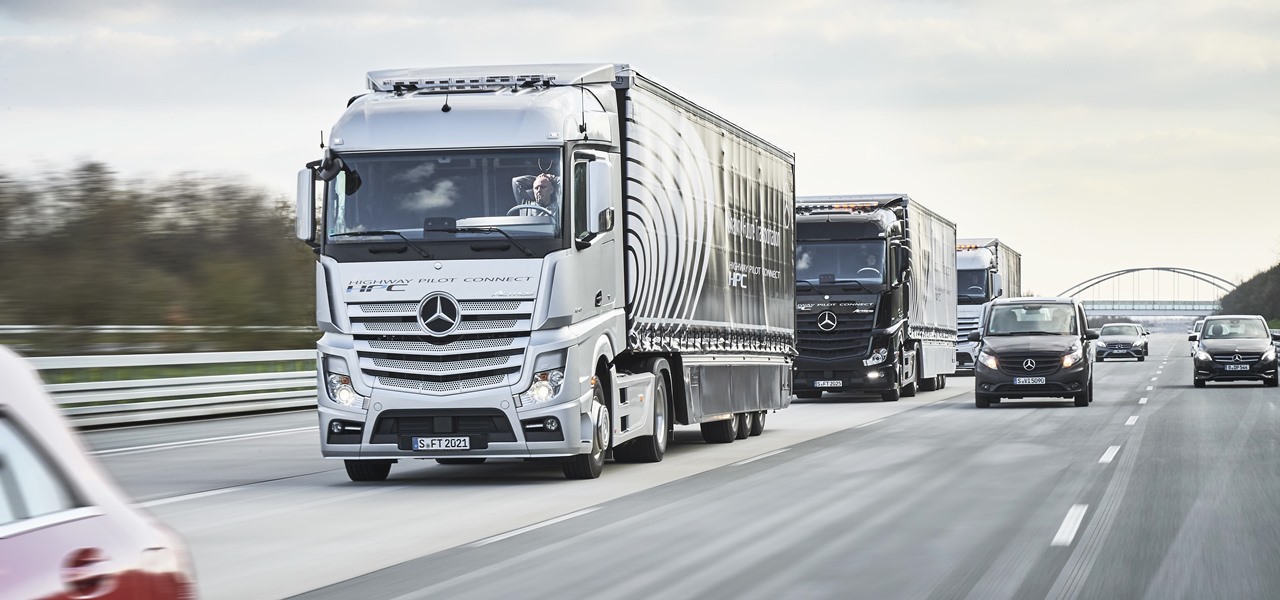



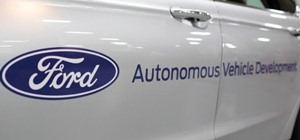
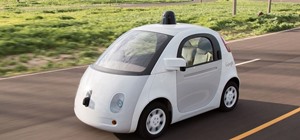

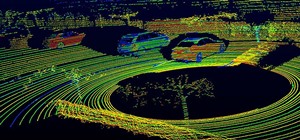

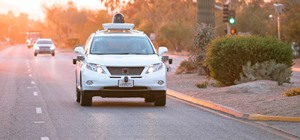
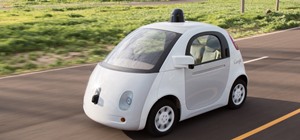
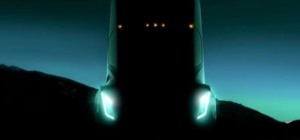
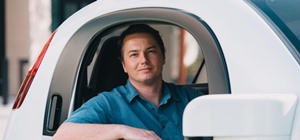
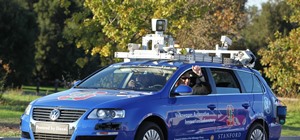


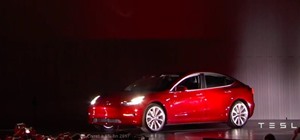




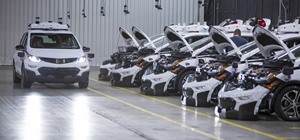
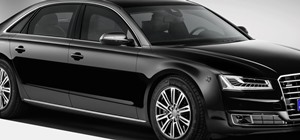
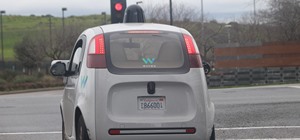

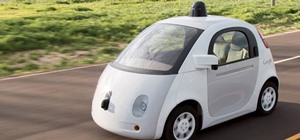
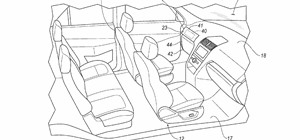



Be the First to Comment
Share Your Thoughts